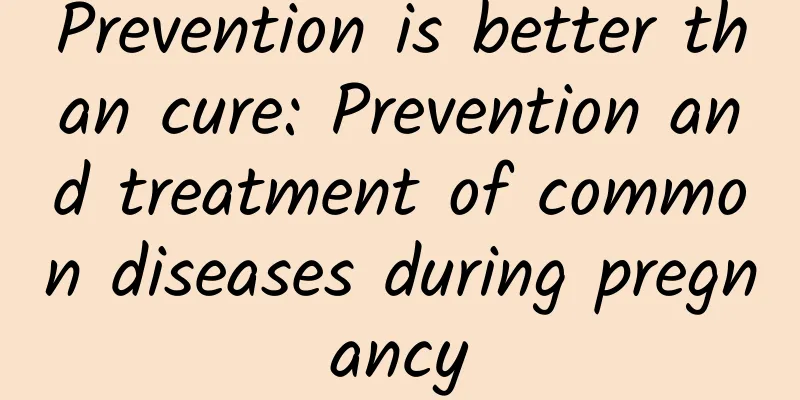Consequences of untreated intrauterine adhesions

|
The female endometrium is a very important existence, and any factor that causes the destruction of the female endometrium may lead to the consequence of intrauterine adhesion. Therefore, women who have experienced childbirth and abortion are much more likely to develop intrauterine adhesions, but most women do not pay much attention to the disease of intrauterine adhesions. In fact, intrauterine adhesions are very serious if not treated. The following is a scientific introduction to the consequences of not treating intrauterine adhesions for women. For some people, the examination results of intrauterine adhesions are not serious. Some people think that as long as they pay more attention, the condition will not get worse, so there is no need for deliberate treatment. Can intrauterine adhesions be left untreated? I can tell you for sure that intrauterine adhesions must be treated. If intrauterine adhesions are not treated, they can lead to the following adverse consequences: 1. Complications Intrauterine adhesions are often complicated by fallopian tube blockage and fallopian tube adhesions, resulting in fallopian tube obstruction or obstruction, which prevents the sperm and egg from combining normally and smoothly, leading to infertility. 2. Not conducive to sperm survival The scarring of uterine wall tissue and uterine cavity closure caused by intrauterine adhesions destroy the integrity of the endometrial layer, leading to physiological dysfunction and disorder of the endometrium, which is very unfavorable for sperm storage, survival and capacitation, thus leading to infertility and miscarriage. 3. Infertility, recurrent miscarriage, and premature birth Secondary infertility is prone to occur after uterine cavity adhesion, and even if pregnancy occurs, recurrent miscarriage and premature birth are prone to occur. Due to adhesions in the uterine cavity, damage to the endometrium, and reduction in uterine volume, the normal implantation of the embryo is affected. And affect the fetus's survival in the uterine cavity to full term. 4. Amenorrhea In patients with amenorrhea and complete uterine adhesion, amenorrhea may occur in mild cases. The duration of amenorrhea may not be long and can be treated with estrogen and progesterone without causing withdrawal bleeding. Patients with partial adhesions in the uterine cavity and partial destruction of the endometrium will experience scanty menstruation but irregular menstrual cycles. 5. Cyclic abdominal pain Cyclic abdominal pain, usually during induced abortion and about one month after curettage, will cause sudden spasmodic pain in the lower abdomen, which is usually accompanied by a feeling of anal distension. Some patients have severe abdominal pain, restlessness, difficulty moving, and even passing gas and defecation are very painful. |
<<: Consequences of nephritis in women
Recommend
Pregnant women's legs swollen picture
Generally, if pregnant women experience swollen f...
What's wrong with blood in leucorrhea?
If you are a cervical cancer patient, then an obv...
Back to school season | Don’t panic when the new semester comes! These five preparations can help →
Children have gradually bid farewell to their hol...
What are the dangers of frequent dysmenorrhea and does it induce gynecological diseases?
Dysmenorrhea, as the name suggests, means abdomin...
What color is best for sun protection clothing in summer? It is best to choose light colors
If people are exposed to the sun for a short peri...
What is the reason for the discharge from below when you are 6 months pregnant?
Pregnant women must pay attention to changes in a...
How is Shanti Aloe Vera Gel? How to use Shanti Aloe Vera Gel
Good news for dry skin, a "natural eraser&qu...
What to do if your period is too little
From the time women have their first menstruation...
Effects of thrombophilia on pregnant women
Thrombophilia refers to a disease condition in wh...
How to make pigeon soup for confinement meal
Postpartum meals are very important during the co...
What parents need to know about amblyopia!
Today, the news that the daughter of a famous Tai...
How can a girl’s Adam’s apple be eliminated naturally?
From a medical point of view, the development of ...
How to treat spots on pregnant women's faces
Recently, I often hear people around me asking ho...
Apple: iOS8 installation rate reaches 86%
Today, Apple released the latest data from the Ap...



![[Medical Q&A] What should children pay attention to before undergoing lung function tests?](/upload/images/67f0ef55382ce.webp)





